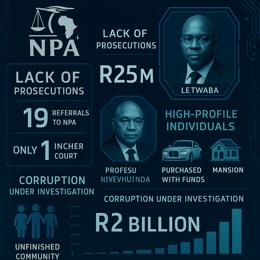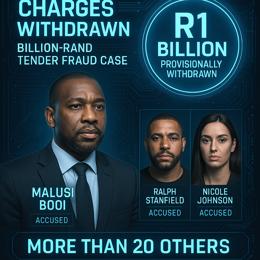Image created by AI
Finland Moves to Seize Russian Tanker Suspected in Undersea Cable Sabotage
In a significant escalation of legal actions, Finland's power grid operator Fingrid has lodged a formal request with the Helsinki District Court to seize the tanker Eagle S, linked to the sabotage of the critical undersea EstLink 2 cable. This cable, vital for electricity connectivity between Finland and Estonia, suffered severe damage on Christmas Day, causing disruptions expected to inflame electricity prices in Estonia throughout the winter.
The Eagle S, anchored presently near Porvoo, about 30 miles east of Helsinki, came under scrutiny following investigations that linked it to the cable damage. Originating from the Russian port of Ust-Luga on December 25, radar data from MarineTraffic revealed suspicious maneuvers by the tanker near the site of the cable damage. Subsequent inspections suggested that these activities might have involved the ship's anchor.
The Finnish Transport and Communications Agency (Traficom) is meticulously examining the tanker to ensure compliance with international conventions, a process intensified by the Finnish National Bureau of Investigation's (NBI) ongoing inquiry into this and related incidents. Noteworthy is the broader context of multiple undersea communication and power cables severed under mysterious circumstances the same day.
Beyond the immediate legal stakes involving the tanker, implications of international intrigue loom large. Reports from Lloyd's List and the Financial Times indicate that the Eagle S, identified within the so-called Russian "shadow fleet," not only flouts international oil trade sanctions but could potentially be equipped for espionage, monitoring NATO's maritime and aerial operations.
This situation unfolds as Finland continues to navigate its recent NATO membership and the broader geopolitical shifts in the region. The dual legal fronts—criminal charges concerning sabotage and civil claims for damages—underscore the complexities entangled in this international maritime drama.
As the Finnish authorities extend their ban on crew departures and deepen their investigative pursuits, the maritime community and international regulators keep a wary eye on the unfolding events. The repercussions of these adversarial actions stretch beyond regional electricity markets to the heart of international maritime law and security.










